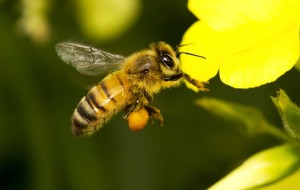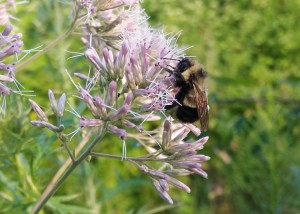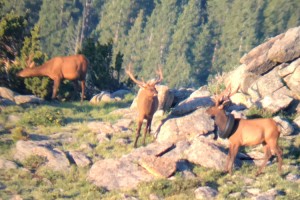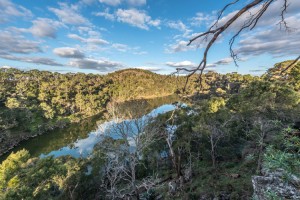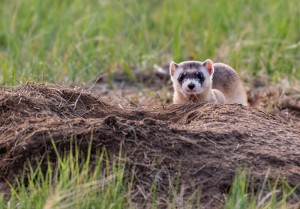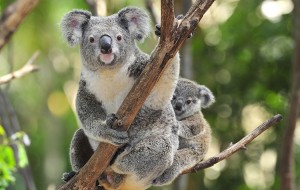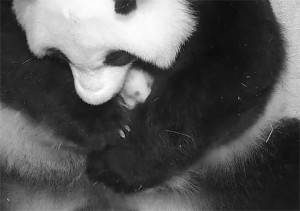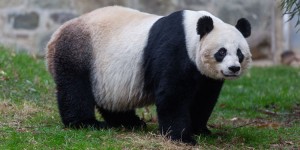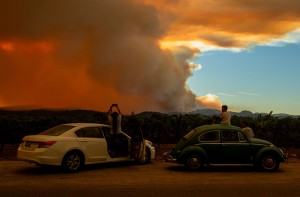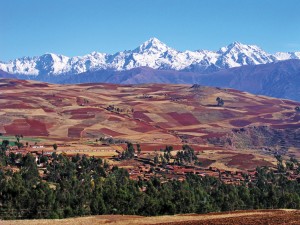Nature Spotlight: Condors
Monday, November 6th, 2023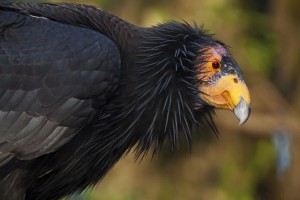
Female California condors, an endangered species, are able to reproduce without male partners, in a process known as parthenogenesis.
© Claudio Contreras, Nature Picture Library
Even after years of study, the California condor surprises researchers. In 2021, two of the giant birds were discovered to have been born through parthenogenesis, a form of reproduction in which an unfertilized egg still hatches. Parthenogenesis is a type of asexual reproduction. Human beings and almost all other animals reproduce sexually, through mating between a male and a female. In asexual reproduction, a new organism (living thing) develops from parts of, or parts produced by, one organism. This example of parthenogenesis is particularly noteworthy because the condor is a critically endangered species. At its lowest population in 1982, only around 20 California condors were alive, in the wild and in captivity.
In 1982, researchers launched a program to save the condors, and over the next few decades, the population grew to over 500. The researchers also studied the condors in captivity. They were able to collect DNA samples from feathers and eggshells and could pay close attention to the birds’ reproductive habits. They discovered that two of the male condors did not have any genetic indication of having been fathered by the other condors in captivity. Despite having only one parent, the condors were not clones (genetically identical copies) of the mother. Rather, through fusion between the unfertilized egg and another reproductive cell in the mother’s body, the offspring end up with a unique mixture of the mother’s genetic material. Female condors can only produce male offspring through parthenogenesis, due to the way sex is determined by chromosomes among birds.
While parthenogenesis is fairly rare, it is not unheard of, even in birds. Some species of turkey and domestic pigeons also have been known to reproduce in this way. Additionally, birds are far from the only animals that can undergo parthenogenesis. Parthenogenesis has been seen in species of sharks—including the hammerhead and bamboo shark—as well as some species of snakes and lizards. Some insects, like aphids and stick insects, can also reproduce asexually. However, parthenogenesis has not been documented in mammals.
Most scientists thought that parthenogenesis only happened in populations that lacked males. For example, a female shark recently surprisingly gave birth after living 10 years in an Italian aquarium where no male sharks were kept. But the female condors had males in captivity with them. Other female condors nested and produced chicks after mating with the local males.
California condors are the largest flying land birds in North America, with a wingspan of 8 to 9 1/2 feet (2.4 to 2.9 meters). They weigh up to 23 pounds (10.4 kilograms). In the wild, condors spend much of the day resting on high perches. Condors do not build nests. Instead, their eggs are laid in caves, in holes, or among boulders. A female California condor lays just one egg every two years. Condors are powerful, graceful fliers. They can soar and glide for long distances, flapping their wings an average of only once an hour. They may search the ground for food as they fly. Like other vultures, condors eat the remains of dead animals.
The growth of urban areas has posed a major threat to condor survival. The condor’s way of life requires vast areas of open, hilly country, and urban growth destroys such habitat.

